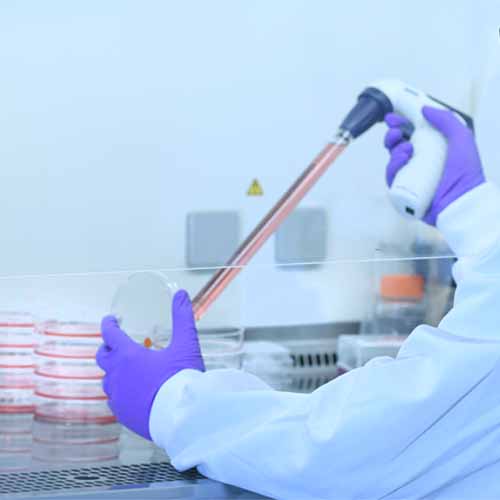Donor Panels
Unlock the Power of Diversity in Drug Discovery with DefiniGEN’s donor panel and iPSC line generation services
Understanding Population Variability
Drug efficacy and toxicology profiles often vary across populations due to genetic, environmental, physiological, and behavioral factors. Traditional models, such as animal studies and single-source in vitro liver models, fail to account for these differences, leading to limitations in early-stage drug development.
Through the Sanger Institute, DefiniGEN can access 330 wild-type donor panels, providing researchers a scalable, genetically diverse hepatocyte supply to enhance drug response predictions.

Key benefits
 Diverse Donor Representation
Diverse Donor Representation
Wide demographic range: Including different ages, genders, and ethnicities.
Genetic variability: Models capture unique donor-specific genetic markers.
 Enhanced Predictive Power
Enhanced Predictive Power
Address variability in drug metabolism, efficacy, and toxicity.
Improve safety profiles and de-risk drug development.
 Scalable for high-throughput investigations
Scalable for high-throughput investigations
Unlike Primary cells, iPSC-derived hepatocytes from DefiniGEN ensure consistent availability from the same donor. Allowing you to accelerate your research whilst also maintaining reproducibility.
Applications
Early Drug Development
Predict adverse drug responses early
Toxicology Studies
Identify variability in toxicity risk before clinical trials.
Precision Medicine
Tailor therapies to diverse population subsets
Technical data
Pluripotency and Morphology
DefiniGEN’s iPSC lines demonstrate consistent levels of pluripotency with defined colony morphology, maintaining quality across donors.

Figure 1A: Representative brightfield pictures from DefiniGEN wild-type induced pluripotent stem cell lines (IPS-003: male donor, IPS-004: female donor, IPS-005: female donor) demonstrating compact and uniform iPSC colony morphology with defined edges and no evidence of spontaneous differentiation.

Hepatocyte Maturity
Our Ulti-HEP models exhibit cobblestone-like morphology and express key hepatocyte markers such as albumin (ALB).

Figure 2A: Representative brightfield pictures from DefiniGEN wild-type induced pluripotent stem cell-derived Ulti-HEP (-003, -004,-005) demonstrating the characteristic cobblestone-like hepatocyte morphology.


CYP450 Expression and Activity
Donor-specific differences in Phase I CYP450 gene markers and basal CYP3A4 activity provide insights into individual drug metabolism profiles.

Figure 3A: mRNA expression levels of Phase I CYP450 gene markers CYP3A4, CYP2B6, CYP2C9, CYP2A6, and CYP2C19 in DefiniGEN wild-type Ulti-HEP (-003, -004, -005).

Figure 3B: Basal CYP3A4 activity in DefiniGEN wild-type Ulti-HEP (-003, -004, -005). mRNA and activity data were normalized to 18S rRNA and ATP levels, respectively, and are presented as mean±SEM of n=1-3 biological replicates.

Ready to De-risk Your Drug Development Pipeline?
Get in touch to explore how DefiniGEN’s donor panels can elevate your drug discovery process.

